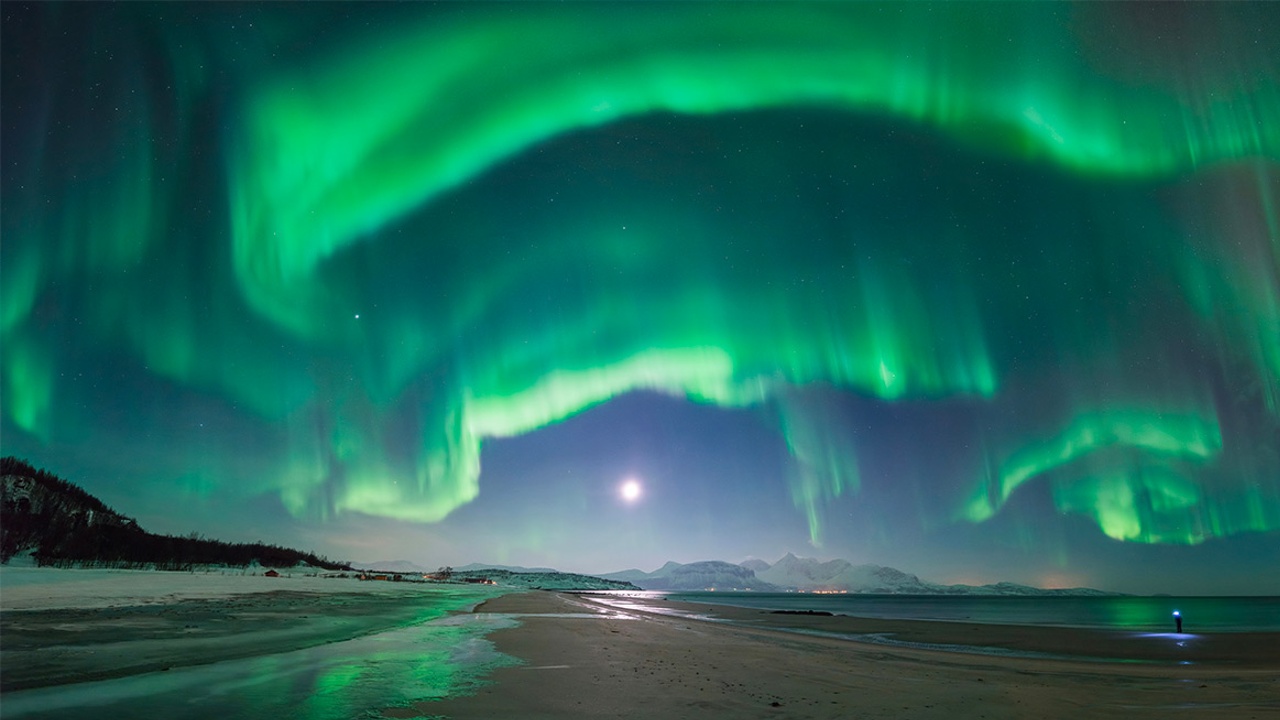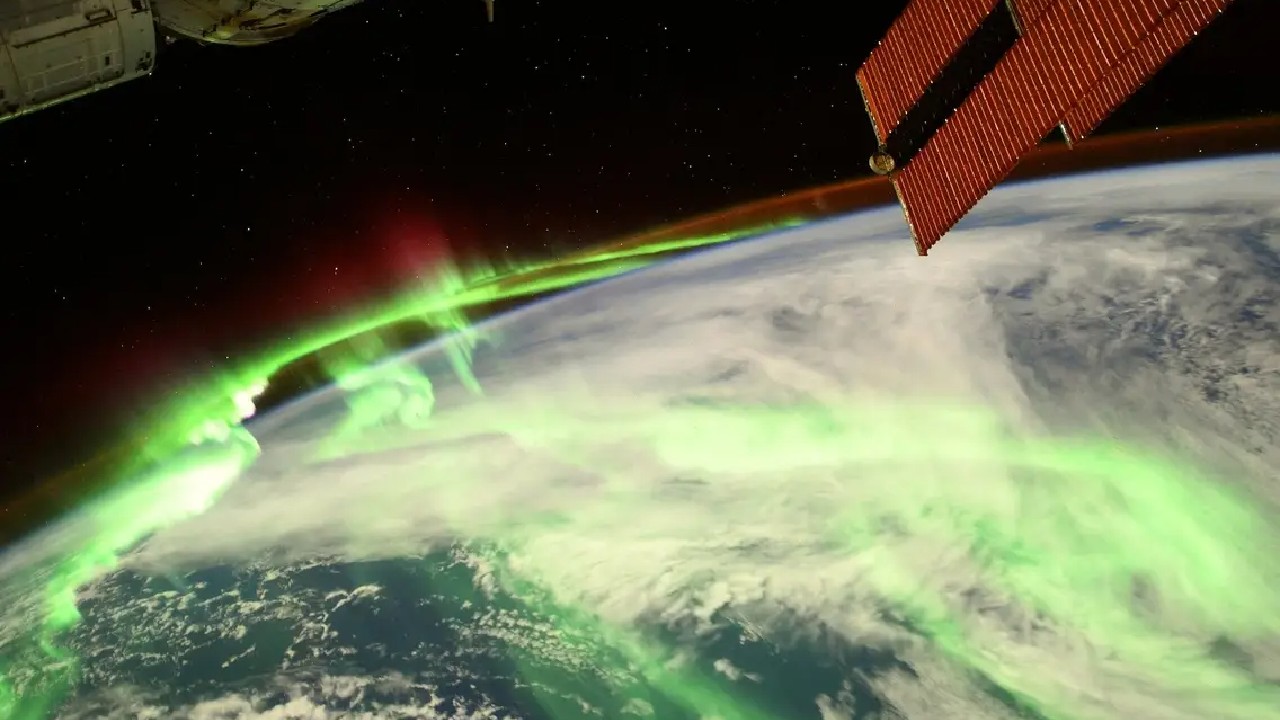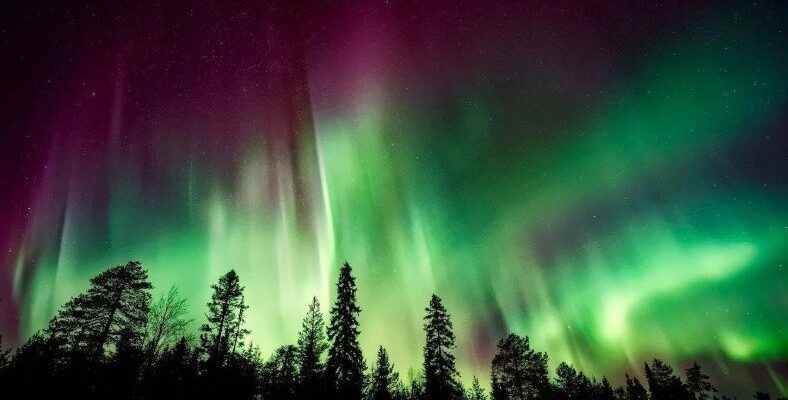Auroras are one of the sights that most people want to see before they die, with their fascinating images reminiscent of a door opening to another world. But is there also the sound of auroras that leave our mouths open with their beauty? Let’s see together.
Offering a fascinating visual feast with its fantastic colors, aurora borealisan arcable sound The question of whether it produces or not is a question that has puzzled researchers for centuries. It is a well-known fact that the aurora, resulting from the interaction of solar particles with gas molecules in the Earth’s atmosphere, usually occurs near the Earth’s poles, where the magnetic field is strongest; however, reports of the aurora making a sound are extremely rare and have been dismissed by scientists for many years.
But a study conducted in Finland in 2016 found that the northern lights do indeed human ear can hear claims to have verified that it produces a sound. According to a sound recording made by one of the researchers involved in the study, the sound of fascinating lights 70 meters above ground level can be heard. However, just like the conditions necessary for sound to be heard, the mechanism behind the sound still remains a mystery.
The fact that auroras have a voice was not accepted in the scientific world for many years.
auroral voice; Especially in the first decade of the 20th century, rumors from settlements in northern latitudes were sometimes a source of enchanting light displays in the sky. ‘sound’ It was the subject of discussions that he reported to have accompanied. According to eyewitnesses, an extremely quiet, almost inaudible crackling and buzzing sound could be heard, especially during the intense northern lights displays. Although similar rumors from northern Canada and Norway support this situation, the scientific community was not convinced as very few explorers claimed to have heard the sound.
The reliability of reports of auroral sounds from that time was also closely related to the altitude measurements of the northern lights. It was thought that only images descending into the Earth’s atmosphere could transmit sound that the human ear could hear. The real problem here is that the results recorded during the Second International Polar Year of 1932-3, showed that auroras were most commonly found on Earth’s surface. over 100 km and very rarely below 80 km.
Accordingly, it was supposed to be impossible for the discernible sound from the lights to be transmitted to the Earth’s surface. Considering these findings, eminent physicists and meteorologists were skeptical of the issue and denied the reality of auroral sound. Even Sir Oliver Lodge, a famous physicist; people who claim to hear auroral sounds a psychological reaction He even said it could be.
The existence of auroral sounds began to be officially accepted in the 1970s.

But Carl Størmer, the leading aurora scientist of the 20th century, published recordings written by two of his assistants who claimed to have heard the aurora, and gave some volume of self-reports. legitimacy added. Hans Jelstrup, Størmer’s assistant, “a distinctively wavy, very peculiar, faint whistling sound that seems to follow exactly the vibrations of the aurora” heard that Mr. Tjönn “burning grass or spray” He said he heard something like However convincing the statements of these last two witnesses were, they still did not make any statement about a mechanism by which the auroral sound could work.
The answer to this mystery was finally found in 1923 by a well-known Canadian astronomer, Clarence Chant. According to Chant, the movement of the northern lights magnetic field and could cause changes in the electrification of the atmosphere even at considerable distance. Chant’s claim, which did not receive much attention in the 1920s, was accepted in the 1970s when two aurora physicists reviewed the historical evidence. Chant’s theory is widely accepted by scientists today. highly based on; however, the debate on exactly how the sound generating mechanism works is still ongoing.
Auroral sounds inspired many composers

One thing is for sure, yes, auroras can rarely make sounds at frequencies that the human voice can hear. In other words, these discourses that have been going on for a long time are not fictitious or fabricated, on the contrary, they are an extremely objective reality. Moreover, auroral sounds have influenced many artists. For example, Ēriks Ešenvalds, a Latvian composer, describing the auroral sound phenomenon based on the discourses of people who claim to hear the sound. ‘Northern Lights’ He has a song called
Northern Lights – Ēriks Ešenvalds
On the other hand, the radio signals of the northern lights in your home You can also listen. Although these radio frequencies are not exactly the same as hearing the audible sounds produced by the northern lights on top of a snowy mountain, there is little to say about the transient, volatile, and dynamic nature of the aurora. self It might help you get an idea.
Source :
https://www.sciencealert.com/do-auroras-make-sounds-we-can-hear-the-true-answer-is-surprisingly-complicated
